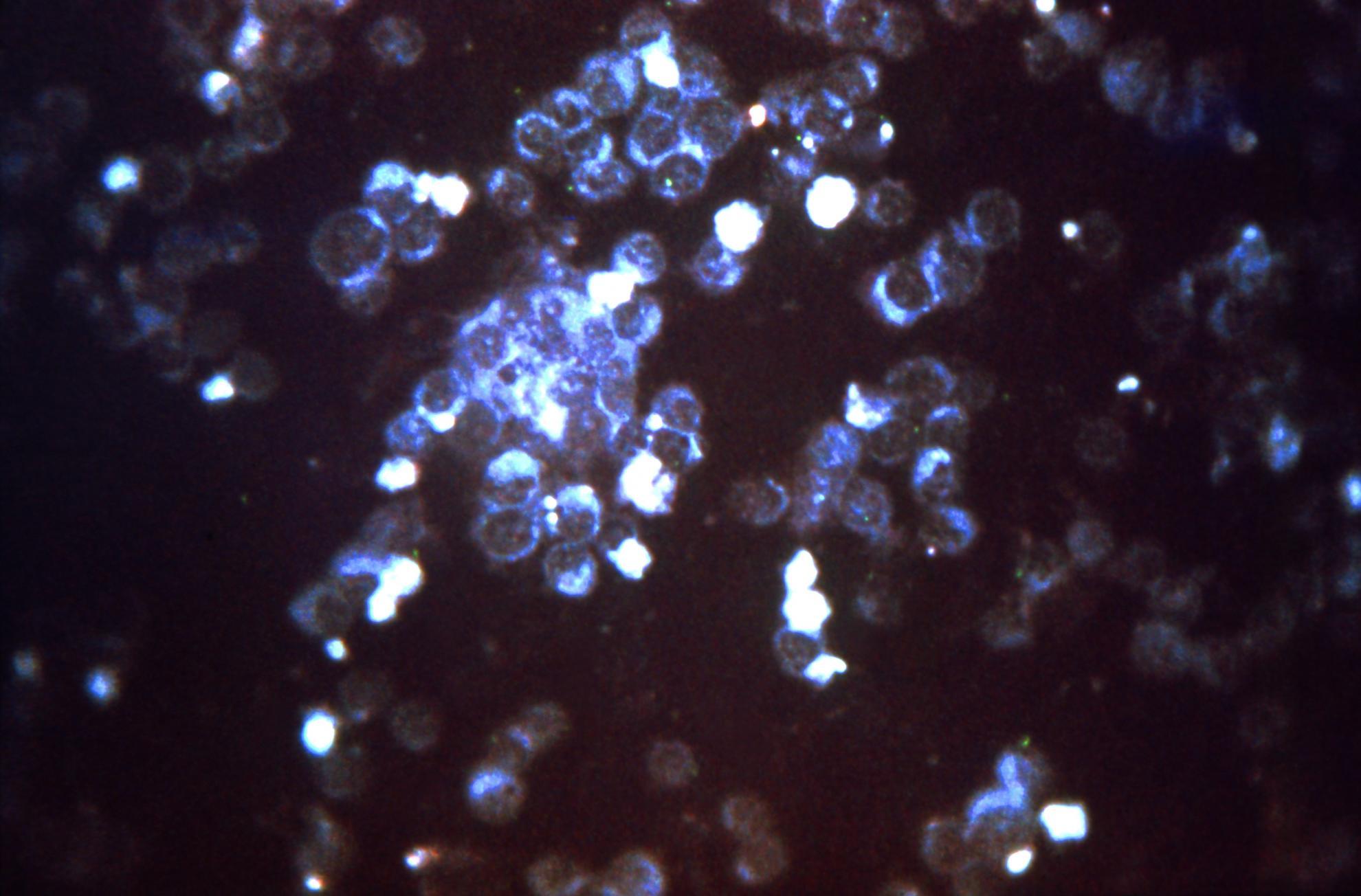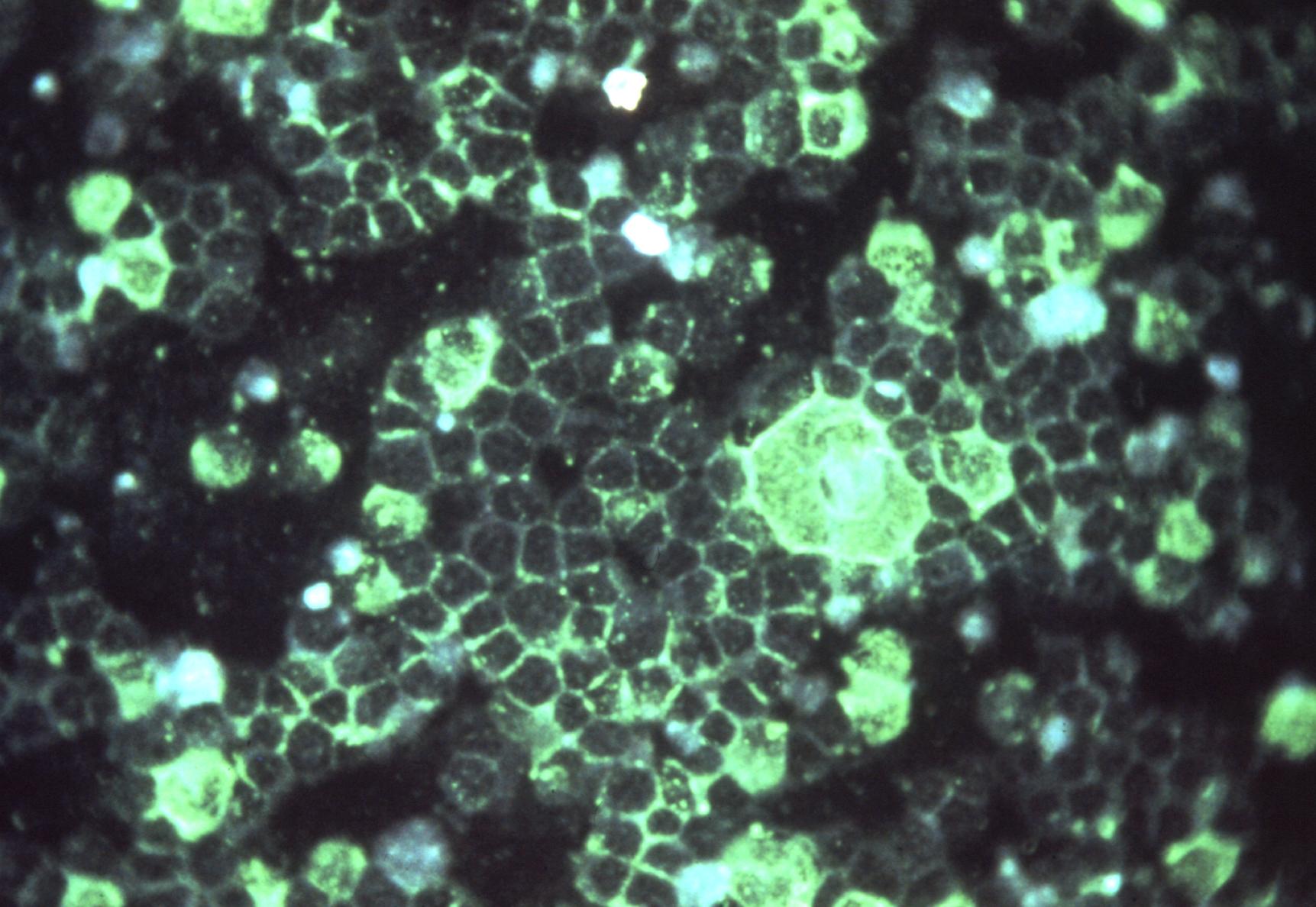Longitudinal study of the immune response and memory following natural bovine respiratory syncytial virus infections in cattle of different age
Human and bovine respiratory syncytial virus (HRSV and BRSV) are closely genetically related and cause respiratory disease in their respective host. Whereas HRSV vaccines are still under development, a multitude of BRSV vaccines are used to reduce clinical signs. To enable the design of vaccination protocols to entirely stop virus circulation, we aimed to investigate the duration, character and efficacy of the immune responses induced by natural infections. The systemic humoral immunity was monitored every two months during two years in 33 dairy cattle in different age cohorts following a natural BRSV outbreak, and again in selected individuals before and after a second outbreak, four years later. Local humoral and systemic cellular responses were also monitored, although less extensively. Based on clinical observations and economic losses linked to decreased milk production, the outbreaks were classified as moderate. Following the first outbreak, most but not all animals developed neutralising antibody responses, BRSV-specific IgG1, IgG2 and HRSV F- and HRSV N-reactive responses that lasted at least two years, and in some cases at least four years. In contrast, no systemic T cell responses were detected and only weak IgA responses were detected in some animals. Seronegative sentinels remained negative, inferring that no new infections occurred between the outbreaks. During the second outbreak, reinfections with clinical signs and virus shedding occurred, but the signs were milder, and the virus shedding was significantly lower than in naive animals. Whereas the primary infection induced similar antibody titres against the prefusion and the post fusion form of the BRSV F protein, memory responses were significantly stronger against prefusion F. In conclusion, even if natural infections induce a long-lasting immunity, it would probably be necessary to boost memory responses between outbreaks, to stop the circulation of the virus and limit the potential role of previously infected adult cattle in the chain of BRSV transmission.

